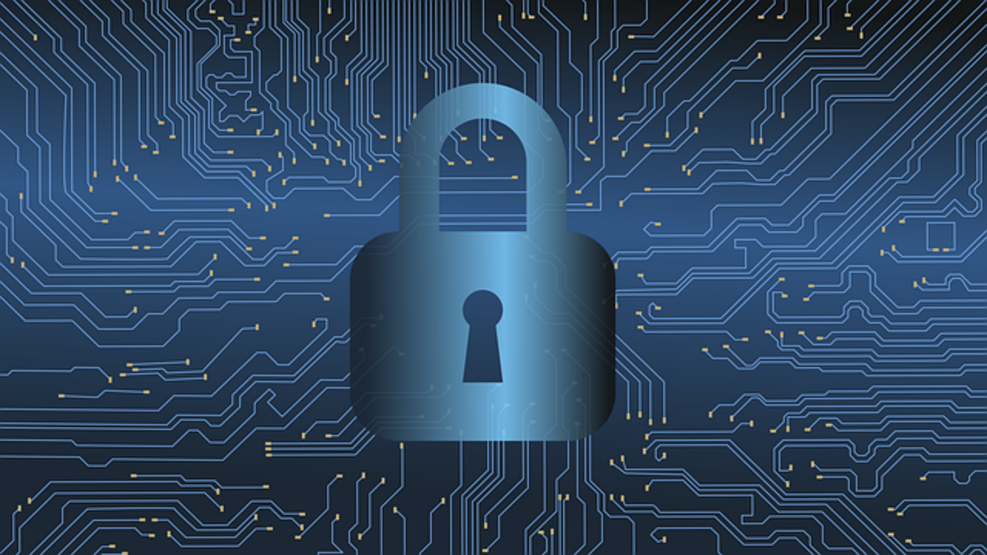Cybersecurity is a complex discipline. That’s no secret. Particularly as the Internet of Things has gained prominence, the task of safeguarding one’s systems, peoples, and data seems to have become downright herculean.
In our experience, the best way to approach security is not to view it as a single, monolithic entity. Rather, it’s a series of moving parts. A collection of pillars that together form a unified whole.
Application security. File security. Network and endpoint security. Security policies and processes. Physical controls. Each and every one of these components is critical – and each and every one of these components requires collaboration between every department within your organization.
Today, we’re going to talk a bit about these pillars, and how you can explain them to others within your business. Note that there is some overlap between them. This is to be expected.
It’s also not an issue. For your approach to cybersecurity to be complete – for your organization to truly have a strong security posture – you need to see to all of them in tandem. Fail at one, and it undercuts all your efforts elsewhere.
Software
We’ll start with the applications your business uses. What measures are you taking to guard them against being compromised? How do you ensure that your employees are only using approved applications that don’t put your systems and data at risk?
- For internally-developed applications, implement secure testing, deployment, and life-cycle management. Applications should be designed and developed with cybersecurity in mind, and regularly updated to address any potential security risks.
- Keep all software up to date. No exceptions. As noted by IT publication Dark Reading, most successful data breaches are the result of unpatched vulnerabilities.
- Incorporate a single sign-on process for corporate applications that blends convenience with security. This should include session timeouts, user validation, and two-factor authentication.
Data
Whether it’s customer information, product blueprints, or files pertaining to an impending merger, your data is incredibly precious to criminals. Particularly in this era of open collaboration, file-centric security that keeps you in control of corporate information as it’s shared across your supply chain is a must. There are a few key features such security should include.
- Monitoring. Knowledge of who has access to a particular file, what they’re doing, and from where they’re accessing it. Logging and auditing is another important facet of monitoring.
- File controls. The ability to dictate what each user can do with a file once it’s shared with them – some, for instance, might be able to edit, download, and share a document, while others might only be able to view it in read-only.
- Permission management. The ability to create unique user-groups, each with its own set of access and editing permissions.
- Access management. The ability to extend and rescind access to a file with a single click.
- Convenience. Your file security should be largely invisible from an end-user perspective. They should not have to do more than sign-on or click a link. If your security software is complicated or difficult to use, then people will share documents outside of it.
Networks & Endpoints
Desktop computers. IoT devices. Smartphones and tablets. Physical servers. These all form your corporate network. To protect it, you’ll want to take a few measures.
- Actively monitor all endpoints and network nodes. Use an automated solution to automatically detect and flag suspicious activity, and ensure you have full visibility into your entire network architecture.
- Ensure you are capable of selectively air-gapping systems in the event that they are compromised by malware or ransomware.
- Incorporate software such as a strong firewall and malware detection.
- Manage your logins and passwords effectively. Incorporate a strict password policy, and monitor employee accounts for suspicious behavior such as accessing your network from an unexpected location.
People & Processes
It’s long been known that of all the cybersecurity risks facing the enterprise, humans are the most significant. As reported by CNBC, a study by information security company Shred-It found that 47 percent of data breaches are caused by human error. Another recent study by cybersecurity firm Kaspersky found that the number climbs to 90 percent in the cloud.
Implementation of effective security policies, processes, and technical controls is the counter to this threat. Fostering a culture of cybersecurity which emphasizes accountability and responsibility throughout your organization should be your first step. Get organizational leadership on-board, and endeavor to understand their departmental needs – collaborate with them to implement security that complements their workflows, and explain to them in their terms why security is important.
Physical Access Controls
Last but certainly not least, a lot of businesses forget that their physical systems can be compromised by bad actors just as surely as digital architecture.
Old hard drives containing sensitive data can be stolen. Your offices can be burglarized. A criminal can gain entry into your network by gaining access to a physical endpoint. To prevent these scenarios and others, there are several steps you should take.
- Enable the ability to remotely wipe mobile devices of corporate data.
- Strictly control access to your site, keeping a log of all people who enter the premises.
- When retiring old hardware, destroy it. Render it completely unusable.
- Engage in employee awareness training to protect against social engineering.
- Incorporate CCTV systems.
- Secure your windows, lock your doors.
- Offer guest WiFi to site visitors, and ensure that WiFi is isolated from your corporate network.
A Unified, Secure Whole
Cybersecurity is about more than firewalls, access controls, and network monitoring. It is an extensive, complicated beast, consisting of multiple distinctive components. Understanding this is essential to protecting your business against both bad actors and simple mistakes – to keeping your people, systems, and data out of harm’s way.
Physical controls. File security. Application security. Network monitoring. Processes and culture. These are all critical. Without one, the others inevitably falter.
